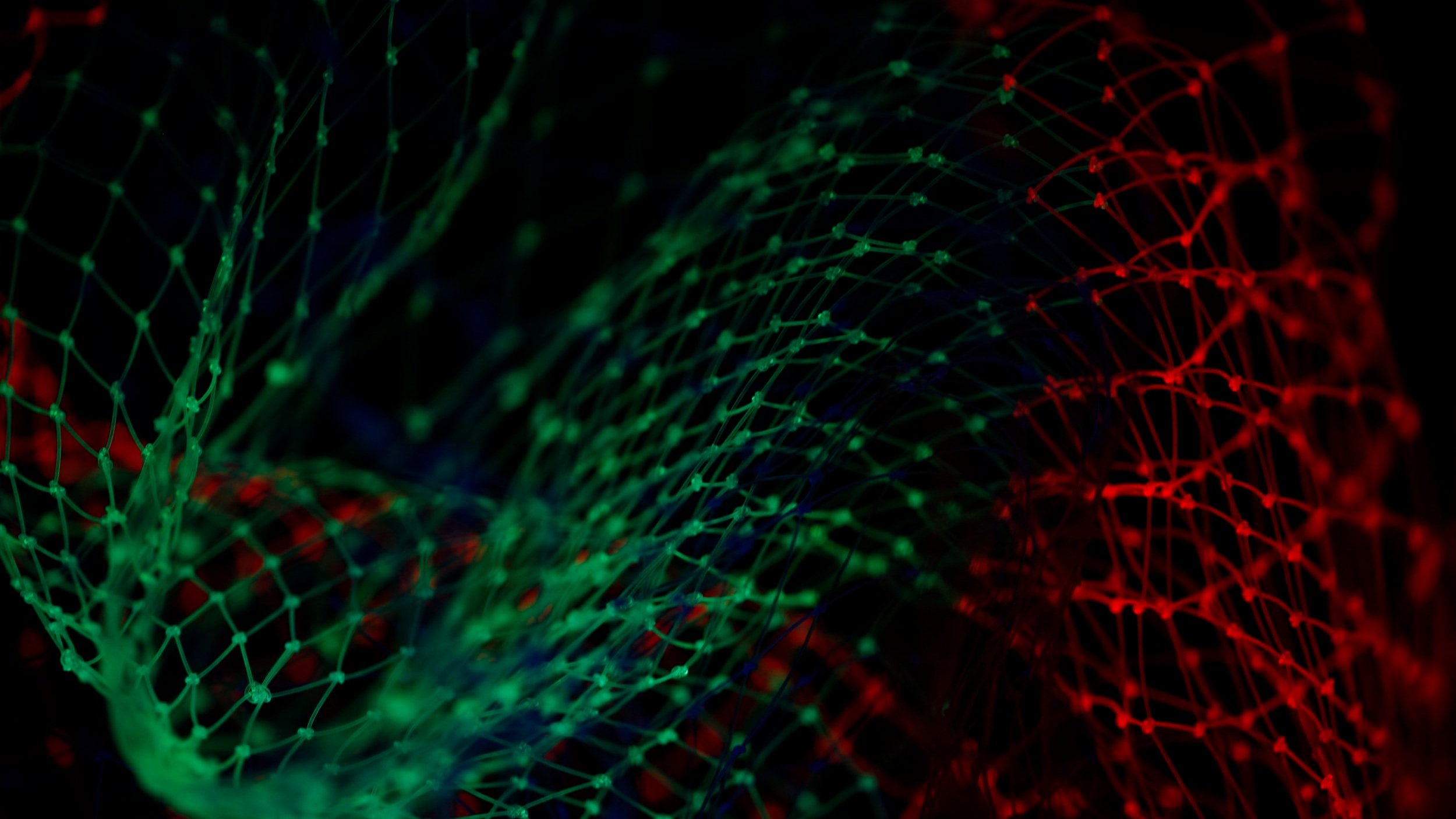
qEEG Brain Mapping
(qEEG, n: quantitative electroencephalography, the computerized analysis of brainwaves )
Take a look under the hood.
At Open Mind Neuro we provide comprehensive Neurotherapy solutions in-house. This process includes EEG acquisition, qEEG brain mapping, and extensive qEEG report generation.
Step 1: Intake
-We utilize state of the art technology to provide an acquisition with incredible sensitivity and reliable data.
First, you will electronically receive intake questionnaires to provide us with a thorough understanding of your mental health history. This is essential to the process as it allows us to connect the dots between your brain map and symptom presentation. The brain map data is acquired during a 1-hour session where you will sit comfortably in a chair with a cap containing EEG sensors placed on the head. In order to obtain a clear signal, the sites will be cleaned and prepared with electrogel. Each of these 19 sensors will record brain activity at a distinct site on your brain. 2 additional sensors placed on the earlobes, areas of no electrical activity, will be used to provide a baseline. Next, your brain activity will be read for 10 minutes with eyes open, and 10 minutes with eyes closed.
Step 2: EEG
analysis
A thorough EEG analysis not only includes software computations, but also visual inspection.
In the last several decades, studies using qEEG analysis and traditional assessment have allowed for the identification of specific electrical features observed in different mental health conditions. Network analysis provides novel insights into optimal and dysfunctional brain architecture such as deficits in engagement and access to large scale neuronal networks that play a prominent role in optimal functioning. This data provides a link between the brain and behavior, allowing for a disruptive and necessary shift in how treatment plans are crafted.
Why is Visual Inspection of the Waveform Essential?
A thorough EEG analysis not only includes software computations, but also visual inspection. While these softwares provide advanced analysis of EEGs to produce colorful brain maps detailing connectivity, power, coherence, and statistical comparison, they fail to identify individual abnormalities in waveforms. A brain map is formulated based on averages of the total recording, and because of this, important individual wave features, that may only occur once over a recording period are missed. Concerning wave features that merit a neurological or sleep lab referral are only identified via visual inspection. If a clinician is not visually inspecting the EEG, crucial information is excluded from the data. The brain map is an excellent tool that provides wonderful insights into functioning, but without visual inspection, it is less reliable.
Another example of missed information is in the case of muscle tension. If not identified during visual inspection, this artifact could be included in the data that is processed into a brain map. This will show up as excessive beta in the map, resulting in inaccurate assessment.
Step 3: qEEG Analysis
-Using advanced computational methods, we create brain map images and analyze metrics including brain connectivity and coherence.
Step 4: Report Creation
-All of the analysis from the EEG and qEEG methods outlined above contribute to the creation of beautiful and informational reports.
At Open Mind Neuro we pride ourselves on our in-depth and well-researched reports. All of the analysis from the EEG and qEEG methods outlined above contribute to the creation of beautiful and informational reports including spectral displays, independent component analysis, functional connectivity maps and more, which will be thoroughly reviewed with you. This review is often quite validating as you begin to understand how your brain activity is contributing to your symptoms. We use this analysis and report to develop neurofeedback protocols and treatment recommendations. These reports can also be provided to therapists, doctors, neurologists, or psychiatrists.




